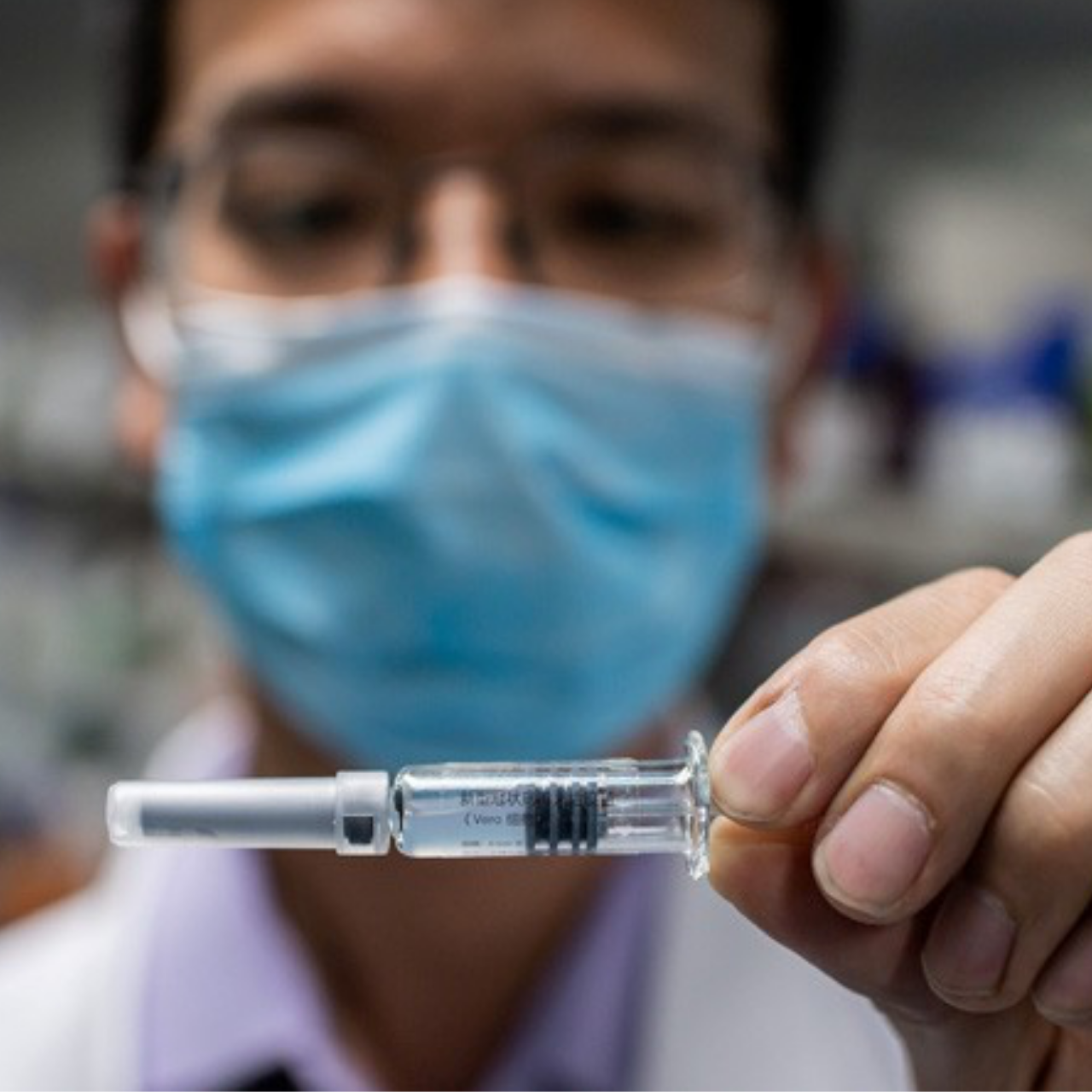
THINGS TO KNOW ABOUT NEW CDC CORONAVIRUS GUIDELINES
The Centers for Disease Control and Prevention (CDC) announced new guidelines surrounding the COVID-19 virus that included wearing well-fitting face masks or two masks at a time to prevent disease spread. They also mentioned that if you are fully vaccinated and meet the criteria, you will no longer be required to following exposure to someone with the virus.
Over 33 million people in the U.S. have received at least one dose of a COVID-19 vaccine. The changes begin 14 days after the final vaccination dose and last three months after that for people showing no symptoms. Vaccinated people should still use a mask, practice social distancing, and follow standard COVID-19 procedures. Researchers are still unsure how long people are protected from the vaccines. Until experts have time to gather and analyze data, the CDC says people should only (skip) quarantine for up to three months after the final dose. Three months is th length of time pharmaceutical companies monitored people enrolled in their clinical trials.
Although there are now vaccines to better prevent people from getting the virus, there are still many uncertainties. The two vaccines authorized in the U.S., Moderna and Pfizer/BioNTech are about 95 percent effective at protecting from symptomatic disease. There’s still a chance for a small number of people who are vaccinated to still get infected. Experts suggest that people who don’t quarantine should always watch out for symptoms and get tested if they experience any.
There are two ways the CDC suggests wearing masks. Either fitting a cloth mask over a medical procedure mask or knotting the ear loops of a medical procedure mask and then tucking in and flattening the extra material close to the face. It’s advised that we choose masks with a nose wire that can be adjusted for a snug fit and use a mask fitter or brace to better seal their masks.
“In the breathing experiment, having both the source and the receiver wear masks modified to fit better reduced the receiver’s exposure by more than 95 percent, compared to no mask at all,” CDC Director Dr. Rochelle Walensky said in a White House briefing.

